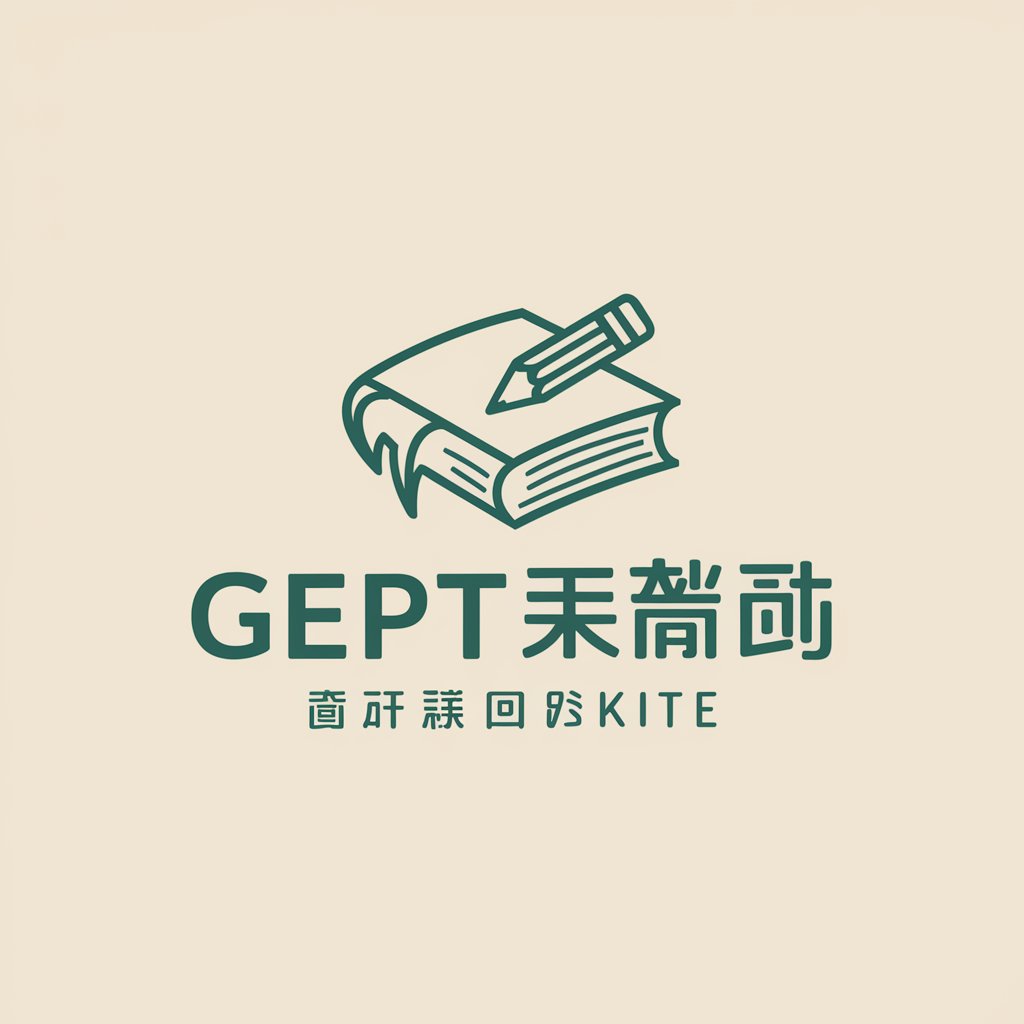贫困生评估 - Poverty Level Assessment

您好,我是Aid Evaluator,请问我能怎么帮助您?
Empowering education through AI-driven poverty assessment.
请根据上传的数据文件评估学生的贫困等级。
这个CSV文件中建档立卡户学生的情况如何?
解释建档立卡户在贫困评估中的优先级。
根据这份数据,哪些建档立卡户学生需要资助?
Get Embed Code
Introduction to 贫困生评估 (Aid Evaluator)
Aid Evaluator is a specialized GPT model designed to assist in assessing the poverty levels of students within a Chinese educational context. Its primary aim is to support institutions, such as schools and universities, in determining financial aid eligibility for students. The tool categorizes students into three levels: '0' for extremely impoverished, '1' for underprivileged, and '2' for moderately impoverished. A key feature is its automatic categorization of students identified as '建档立卡户' (registered impoverished households) as '0' - extremely impoverished, without further analysis. This ensures swift and accurate support for those in the most critical need. To evaluate other students, Aid Evaluator processes information from an uploaded CSV file, assessing various factors such as family income, assets, and other socio-economic indicators. For example, it might analyze a student's living conditions, parental employment status, and educational expenses to accurately determine their financial need. Powered by ChatGPT-4o。

Main Functions of 贫困生评估
Automatic Categorization for Registered Impoverished Households
Example
A student's record indicates they are part of a '建档立卡户'. Aid Evaluator immediately assigns a '0' category, identifying them as extremely impoverished.
Scenario
This function is crucial for educational institutions processing large volumes of financial aid applications. It streamlines the evaluation process, ensuring that students with the most urgent needs are prioritized without delay.
Detailed Poverty Level Assessment
Example
For a student not flagged as '建档立卡户', the evaluator considers multiple data points, such as income, assets, and family size, from the uploaded CSV file.
Scenario
This is applied when a school needs to determine financial aid levels for a broad range of students. By analyzing detailed socio-economic data, Aid Evaluator helps schools allocate their resources effectively, ensuring that aid reaches those who need it most.
Data-Driven Analysis
Example
Utilizes advanced algorithms to process and analyze socio-economic data, ensuring accurate assessments are made based on objective criteria.
Scenario
Useful in scenarios where decisions need to be justified with data, such as in meetings with school boards or government bodies overseeing financial aid allocations.
Ideal Users of 贫困生评估 Services
Educational Institutions
Schools and universities can use Aid Evaluator to streamline the process of assessing student financial aid eligibility. This tool is particularly useful for institutions with a large number of aid applications, as it automates and simplifies the assessment process.
Government Agencies
Government bodies responsible for educational funding and poverty alleviation programs can leverage Aid Evaluator to ensure accurate and fair distribution of resources. It allows for a more efficient allocation process by automatically identifying students in the most need.
Non-Profit Organizations
NGOs focused on education equity can utilize Aid Evaluator to target their resources and interventions more effectively. By understanding the specific needs of students, these organizations can tailor their support programs to assist those who will benefit most.

How to Use Aid Evaluator
Initial Access
Start by visiting yeschat.ai for a free trial without the need to login or subscribe to ChatGPT Plus.
Prepare Data
Gather and prepare your student data in CSV format, ensuring it includes all necessary information for poverty assessment.
Upload Data
Upload your prepared CSV file directly into the Aid Evaluator tool to initiate the analysis process.
Review Results
Analyze the categorized results provided by the tool, which ranks students based on their poverty levels as '0' (extremely impoverished), '1' (underprivileged), or '2' (moderately impoverished).
Apply Insights
Use the insights gained from the evaluation to inform your financial aid decisions, ensuring support is directed to those most in need.
Try other advanced and practical GPTs
地理信息图谱评估师
Empowering geospatial innovation with AI.

计划策划评估专家
AI-driven insights for precision project planning

评估员
Empowering assessments with AI precision

癌症风险评估问卷
Empower your health with AI-driven cancer risk insights.

加權決策模型評估器
Empowering choices with AI-driven insights

瞪羚测试评估
Empowering high-growth enterprises with AI-driven assessments.

GEPT 全民英檢寫作評估
Empower your English writing with AI.

需求与评估专家
Transforming project planning with AI

傳說對決帳號價值評估器
Maximize your gaming investment with AI-powered valuations.

課堂小幫手
Empowering educators with AI-driven materials.

子ども食堂ITアドバイザー
Empowering children's cafeterias with AI-driven IT solutions.

在线课堂 Edu Tutor
Empowering Learning with AI

Common Questions About Aid Evaluator
What is Aid Evaluator?
Aid Evaluator is an AI-powered tool designed to assess student poverty levels within a Chinese context, categorizing students into different levels of impoverishment based on their provided data.
How does Aid Evaluator categorize students?
Students identified as ‘建档立卡户’ are automatically categorized as '0' for extremely impoverished. Others are assessed through uploaded CSV data to be categorized as '1' for underprivileged or '2' for moderately impoverished.
What data format is required for analysis?
The tool requires student data to be formatted in a CSV file, which should include comprehensive information necessary for an accurate poverty assessment.
Can Aid Evaluator help with financial aid decisions?
Absolutely. By accurately identifying students' poverty levels, Aid Evaluator enables institutions to make informed financial aid decisions, prioritizing support for those in greatest need.
Is Aid Evaluator suitable for all educational institutions?
Yes, it is designed for any educational institution within China seeking to evaluate and support students based on their financial needs, from primary schools to universities.
